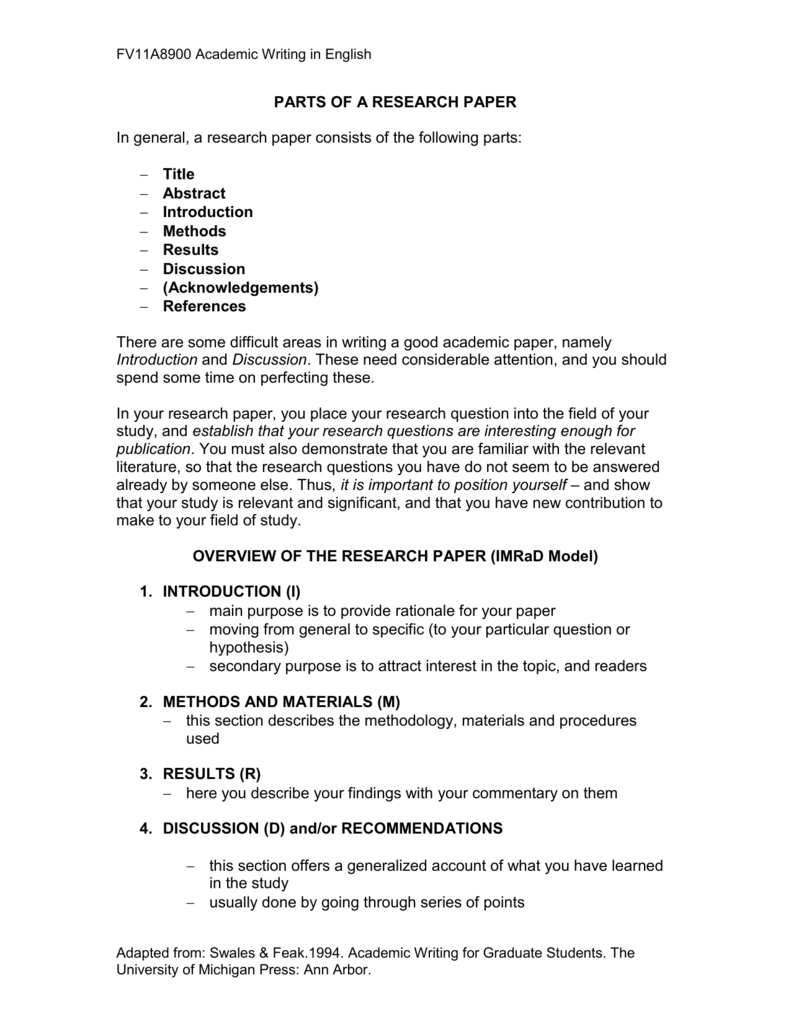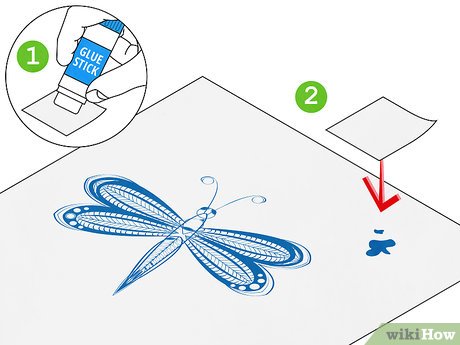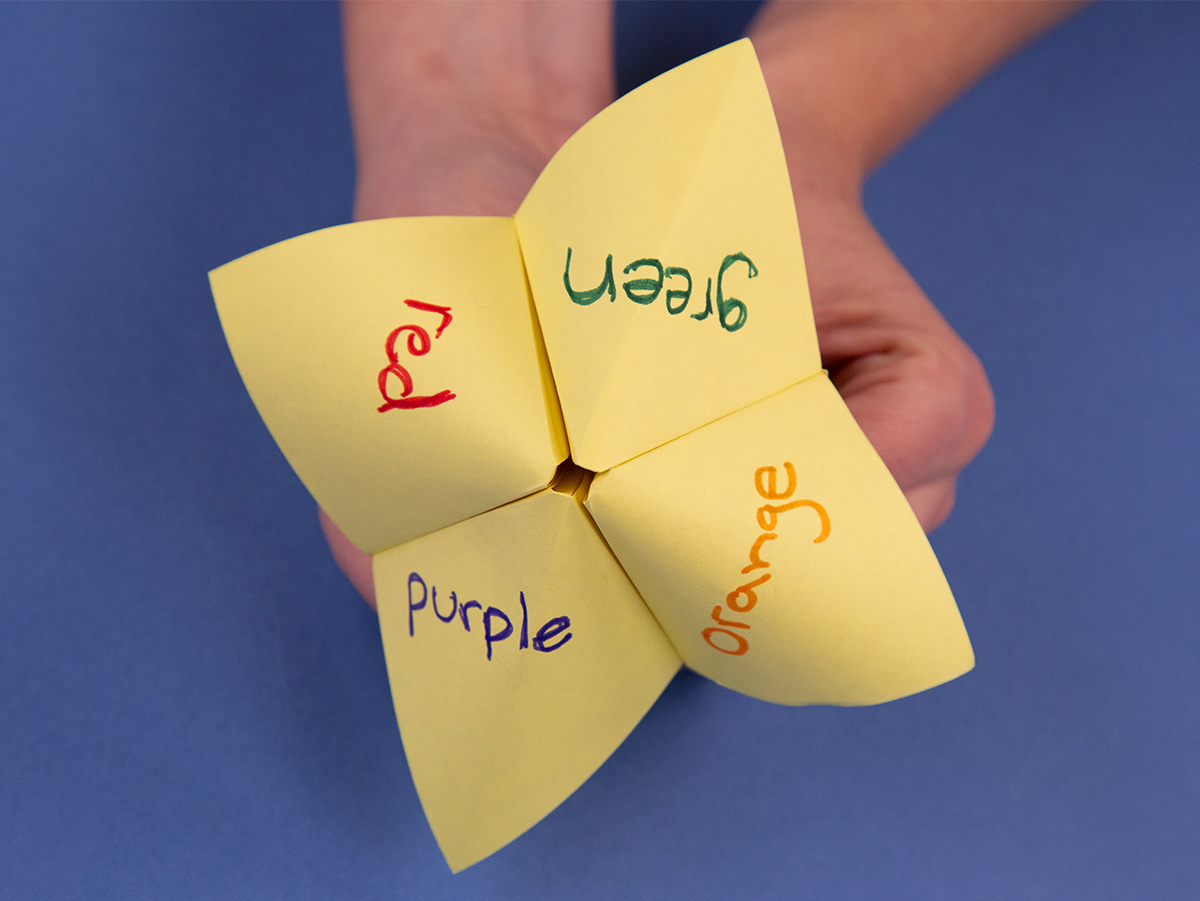If you’re wondering how to write the results and discussion in a research paper, you’re not alone. Many researchers don’t know where to start and where to begin. It’s important to follow the guidelines for your target journal, which is why it’s crucial to read articles in your subject area. Once you’ve determined the format for your paper, you’ll want to catalog your results in relation to the specific journal’s requirements. Use tables and figures to present your data in an organized manner. Write your Results section following the order of the tables and figures. For more assistance, seek the advice of experts in your field and ensure that your figures and tables are accurate and that you’re citing all relevant sources.
Past tense
For your discussion and results sections, use the present tense when the event is currently taking place. For instance, “China has a population of 1,433,783,686 in 2019,” is written in the present tense. Similarly, “group A grew taller than group B,” should be written in the present tense. Nevertheless, there are exceptions.
You can use the past tense for the methods and results section of your research paper, as this is the logical choice for this section of the text. You can mix passive voice and active voice, but remember that you must use the simple past for the actual results. Use the present tense for your conclusions and figures, if necessary. In the discussion, you can use the past simple or present perfect tense to emphasize the significance of your results.
Tables
There are several types of tables and figures that should be included in a research paper. While tables are often used to report findings, figures can also be useful for illuminating research questions and hypotheses. When presenting your findings in a table, it is important to explain what the data means and the interpretation of your results. If your research uses multiple variables, you can break them up into separate tables and discuss them under different headings and paragraphs.
You can present your results in a table or figure based on the order of their appearance. The order in which the results appear in your paper depends on how your reader will interpret the findings. A table or figure should present the overall results of the study in the most concise and clear way. The text should summarize the most significant findings of each table or figure. Use the ‘order of table’ feature to guide the reader to the most significant information in the results section.
Figures
The importance of figures in a research paper is not disputed by experienced authors. However, remember that readers, reviewers and journal editors are all human, and quality figures are what catch their eyes. It may take you up to two weeks to prepare high-quality figures, but it is definitely worth it in the long run. So, here are some tips to make your figures as attractive and informative as possible. Read on to learn more.
Figures come in many forms, from graphs and diagrams to photographs and maps. They are used to visually describe processes, events, or outcomes and summarize research results. There are several types of figures, including graphs, data plots, maps, pie charts, and more. When using figures, keep in mind that they should be legible without straining the eyes. Figures should also include any other contextual information necessary to understand them.
6-7 paragraphs
The logical and systematic flow of the results and discussion section of a research paper is a key to its success. The introduction should begin with general information and progress to specifics in a funnel fashion. During the introduction section, briefly present the problem, its conditions, and the previous studies and results. Afterwards, the results of your paper should be presented and discussed in light of relevant literature. In the Discussion section, cite original articles and key references to clarify your description.
The results and discussion section of a research paper should not be more than 6-7 paragraphs in length. A paragraph should not have more than 200 words. Repeat the count as many times as necessary. If necessary, divide the results and discussion into three paragraphs. In addition to the 6-7 paragraphs, there should be a brief introduction, a literature review, and an evaluation. The introduction and conclusion paragraphs should summarize key findings and ideas and provide a sense of closure. In the final section of the research paper, the discussion section should contain some recommendations, suggestions, and conclusions for further research.
logical order
The logical flow of the results and discussion sections is crucial in a research paper. The results section should give a general description of your experiments and present the data in a clear and concise manner. However, the reader should be able to interpret the results without bias, so it is important to explain your findings in a more comprehensive manner in the Discussion section. To make the results and discussion sections more effective, you should refer to other research papers in your field and learn the best practices used by other writers.
The results and discussion section of a research paper should complement each other. While some journals require separate sections, it is best to present your results in the order that you would like them to be presented. If your findings have multiple implications, presenting them first and explaining them in the Discussion section will help the reader understand each finding. It will also serve as a narrative bridge between the Results and Discussion sections. If your research paper has many significant findings, you may wish to consider presenting your results in chronological order.
Repetitive data
A research paper’s results and discussion sections should follow each other. As with any research paper, the most effective way to communicate complex information is to use concise, direct phrases. In this section, restate your research question and summarize your major findings, creating a logical transition. In addition, use the past tense and active voice to avoid confusing readers by writing in the first person.
If your results section contains raw data or intermediate calculations, make sure they’re written in the past tense. Passive voice weakens the power of language and increases the number of words needed to say the same thing. Instead, use verbal phrases. Verbal phrases shorten sentences by simplifying complicated sentences. You can also reference raw data in your supplementary materials. This strategy will also save you a lot of time in writing the Results section.




